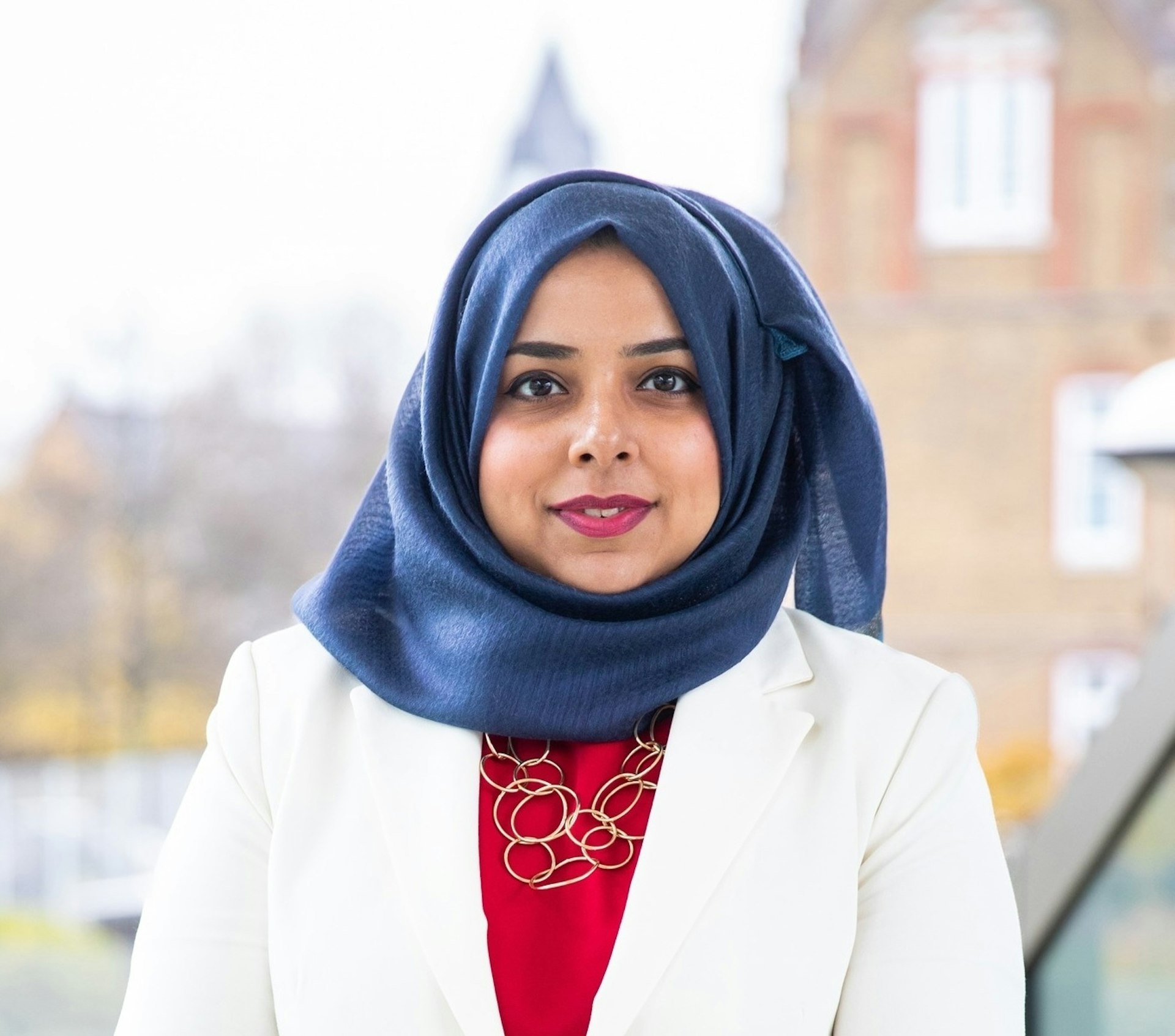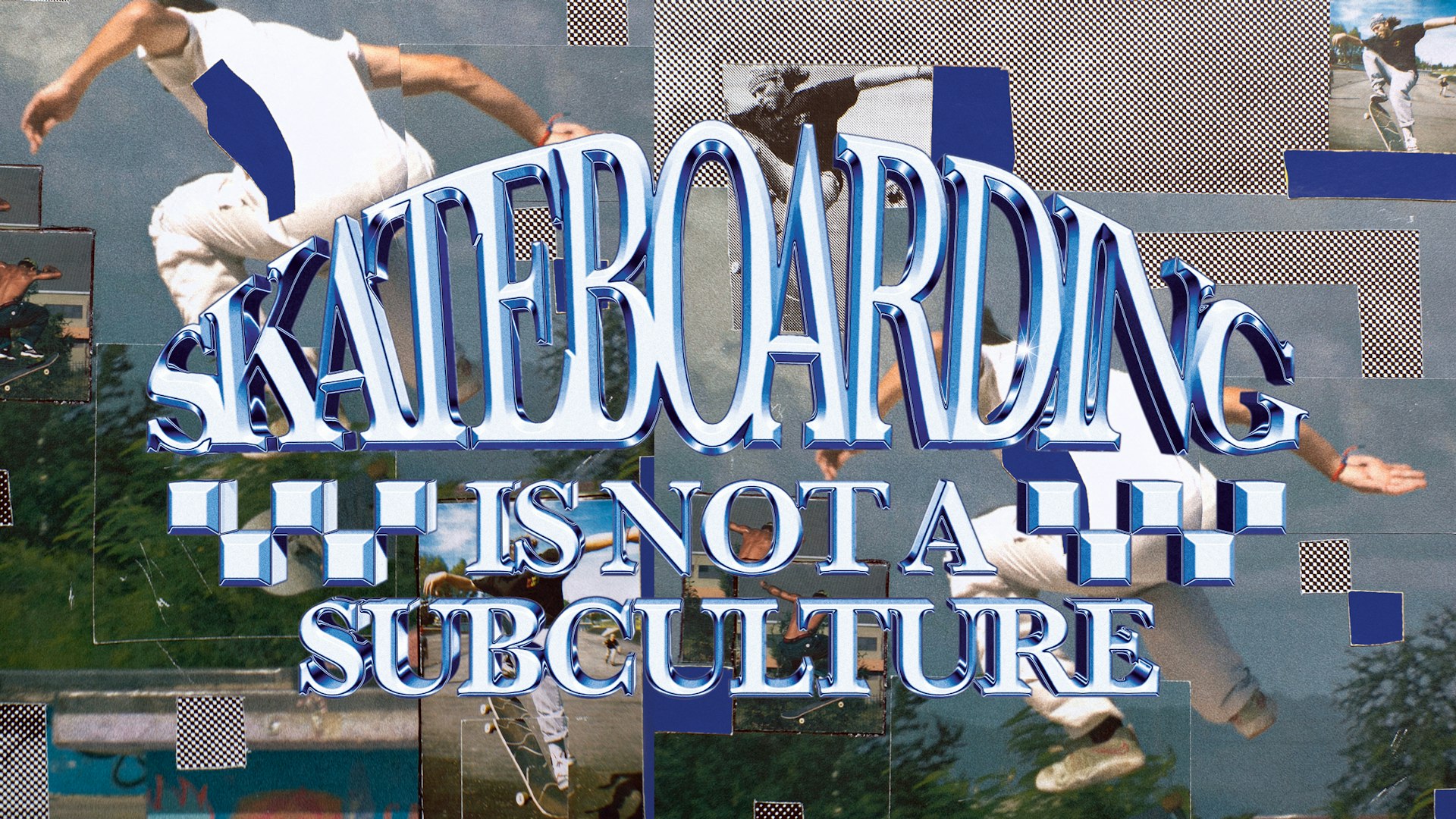Documenting urban underbellies across the world
- Text by Huck
- Photography by Miguel Rio Branco

Miguel Rio Branco has been taking photos in cities most of his life. However, back in 2008 while living in Rio de Janeiro, he came to the realisation that he didn’t necessarily feel comfortable in them.
That understanding proved to be the starting point – “ground zero” – for Maldicidade, a long-term project that examines our relationships with cities. Focusing on four separate locations – New York, Havana, Salvador da Bahia and Tokyo – the French and Brazilian photographer shines a light on the lonelier, less affirming aspects of living in a metropolis.

Encompassing work taken over the duration of his career, Maldicidade begins in New York, between 1970 – 1972. “It was A place I had already lived in, between 1964 – 1967 when I was still a student, [and] a son of a diplomat,” he says.
“In those early seventies my situation was of a beginner in photography… [but] I could see cities being in the lower side of society. And living near the Bowery I could not understand how a rich country could live with such fallen people.”

Now a book, Maldicidade refrains from flooding the viewer with context or history. Instead, the images are presented as depicting one single location, separate from a particular time or place. In this sense, the urban experience is a universal one.
“In a way, [cities] all have their slums. The Brazilian cities became more like giant slums with small portions that could be called organised and civilised. Cities like Paris are getting more parts that appear exactly like third-world cities, where the centres are transformed into places for rich people surrounded by people less fortunate who don’t exactly like the situation.”

For Rio Branco, who refers to his relationship with cities as one of “attraction and repulsion”, the healthiest lives are lived outside of huge urban spaces. If there’s one thing he wants people take away from Maldicidade, it’s that there are always other options. With a 2018 UN report stating that two thirds of the world’s population will live in a city by 2050, he hopes that people remember that.
“My problem is with the gigantic cities. I really would hope to see people moving out and cherishing nature, and understanding that we need nature more than ever. You know what I mean? Whenever a city member can, they should escape into nature.”




Maldicidade is available now from Taschen.
Enjoyed this article? Like Huck on Facebook or follow us on Twitter.
Latest on Huck

“I refuse to accept child poverty is a normal part of our society”: Apsana Begum MP on voting to scrap the cap
After seeking to “enhance” the King’s Speech by voting for the scrapping of the controversial two child benefit cap, the MP for Poplar and Limehouse lost the Labour Whip.
Written by: Apsana Begum

Is skateboarding really a subculture anymore?
With skate’s inclusion in the Olympics, Kyle Beachy asks what it means for the culture around the sport, and whether it’s possible to institutionalise an artform.
Written by: Kyle Beachy

Autism cannot be cured — stop trying
A questionable study into the ‘reversal’ of autism does nothing but reinforce damaging stereotypes and harm, argues autistic author Jodie Hare.
Written by: Jodie Hare

Bristol Photo Festival returns for second edition
After the success of it’s inaugural run, the festival returns this autumn with exhibitions, education and community programmes exploring a world in constant motion through still image.
Written by: Ben Smoke

Documenting the life of a New York gang leader paralysed by gun violence
New photobook ‘Say Less’ is a complex yet humanising look into a life wrecked by gun violence and organised crime.
Written by: Isaac Muk

The woman who defined 80s Hip Hop photography
A new exhibition brings together Janette Beckman’s visionary and boundary pushing images of an era of cultural change and moral panic.
Written by: Miss Rosen